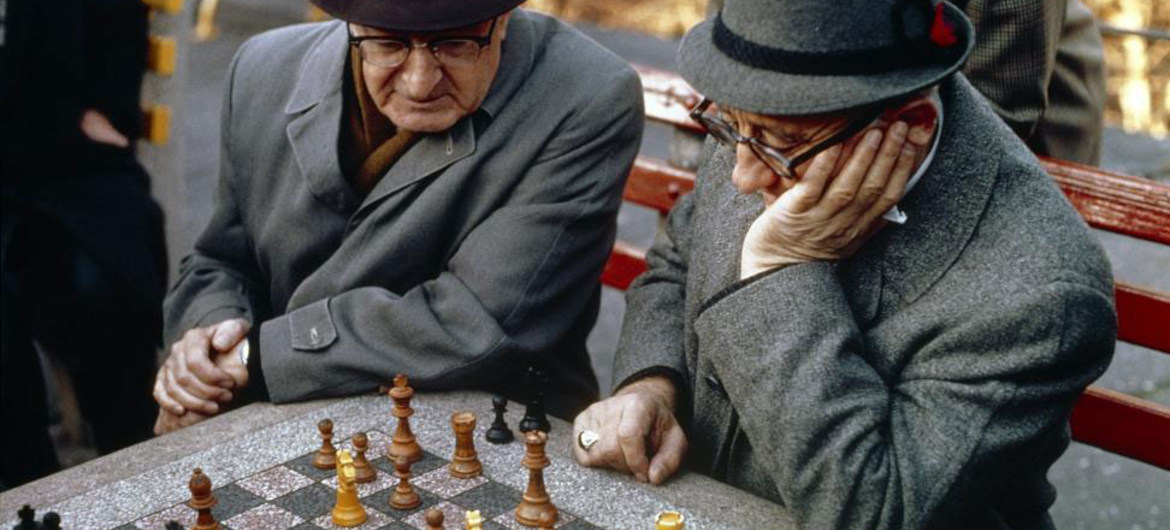
The dialogue was moderated by Blue Ridge Impact and the expert panel included representatives from American Telephysicians, NASA, US Army and AARP.
Recommendations the side event for the 59th UN Commission for Social Development serve as a guide to the discussion on connectivity and partnerships in digital health ecosystem with regards to older persons and rural communities.
It was recognized that telehealth is at a critical point as we consider the importance of accessibility to it for rural and older populations. This accessibility is key to the success of SDG3. At the a side event facilitated by Blue Ridge Impact, a group of expert panelists, consisting of American TelePhysicians, AARP, Florida Rural Health Association and the Science Director for the Army's Telemedicine & Advanced Technology Research Center, gathered to discuss the barriers and solutions to telemedicine for communities that face consistent healthcare barriers, specifically rural communities and older adult populations.
Panelists emphasized a holistic understanding in facilitating and scaling knowledge and ensuring connectivity between various sectors to improve accessibility, affordability, and accountability in the technology systems. These lead to a inclusive health ecosystems that must be the focus in context of marginalized communities.
Political commitment, partnerships, and stakeholders’ approaches main drivers of a collaborative, successful environment for telehealth. Partnerships across state lines, physical or social, enhance the ease-of-use issues of service and accessibility for many and can play a large role in the timeliness of care received. Both the older and rural populations tend to have higher prevalence’s of health problems with a lesser prevalence of access to healthcare within a reasonable distance.
As telehealth becomes a larger player in the healthcare market, there must be positive competition that will not create barriers and divides between groups based on different factors including geographic location, culture, age, gender, and others. Another recommendation that will improve accessibility for rural and older populations includes creating innovation and entrepreneurship by the communities themselves.
It was highlighted that understanding the complete need is best done by people who have the healthcare need as either a provider or receiver; therefore, it is important to involve the end-user in the process of structuring telehealth systems. Just as important is having a community health worker who understand the dynamics of the community and have the knowledge and trust of people who are in need of accessing these services. It is important to create a broader connection with larger communities and telehealth providers to bring more people in conversation on disparities and changes that need to be implemented
It was recommended that a focus on digital literacy and broadband access is essential. Education and outreach are important to close the accessibility gap.
The side event was sponsored by Family Education Services Foundation and hosted by Blue Ridge Impact as a webinar. The event was open to CSocD participants and the larger global development audience.
Event flyer and picture:
For more information, please contact Ameena Zia at ameenamzia@gmail.com
 Welcome to the United Nations
Welcome to the United Nations